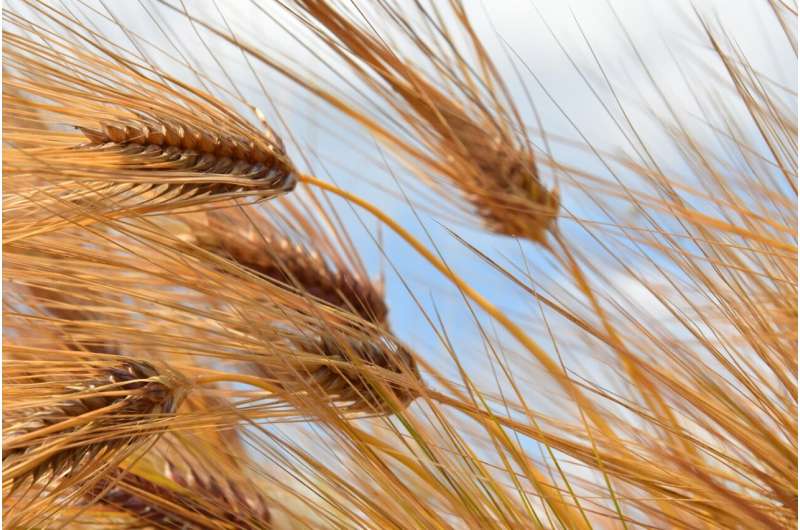Scientists identify networks for spikelet formation in barley

Organ development in plants mostly occurs through combinatorial activity of so-called meristems. Meristems are plant cells or tissues that give rise to new organs, similar to stem cells in human—including spikelets. Spikelets are components of the spike and form florets (flowers) themselves, which in turn produce grains after fertilization.
Inflorescence morphogenesis in grasses (Poaceae) is complex and based on a specialized floral meristem, the spikelet meristem, from which all other floral organs arise and which also gives rise to the grain. The fate of the spikelet thus determines not only reproductive success, but also numerous yield-related traits in cereal crops such as wheat and barley. "In view of the goal of creating as much food security as possible for a growing world population, this study is therefore a key contribution," says Prof. Dr. Thorsten Schnurbusch, head of the independent research group Plant Architecture at the IPK, HEISENBERG professor at the IPK and Martin Luther University Halle-Wittenberg and initiator of the project. The results have now been published in the journal Science Advances.
The international research team led by the IPK Leibniz Institute was now interested in identifying and describing regulatory networks, signaling pathways and key regulators of barley floral meristems. "To do this, we first excised the finest tissue parts—and thus particularly pure tissue—in a spatially very limited area using a laser," explained Dr. Johannes Thiel, first author of the study. These excised meristems were subsequently analyzed in detail. "We have obtained an unparalleled resolution of the transcripts that convert genes into proteins and are thus ultimately involved in barley floral organ formation," says Dr. Ravi Koppolu, also first author of the study.
Sequence analyses of the floral meristems make it possible to understand whether certain genes are expressed in the spike, i.e. whether the genetic information of a gene is expressed and appears. "So it's about how the genotype of a plant is expressed as a phenotype," says Prof. Dr. Thorsten Schnurbusch.
He is firmly convinced that these findings will be of great importance for further comparative studies in other cereal crops. "This will make more data analyses possible; and thus, an even better understanding of very specific processes of spike formation." For example, in a collaborative effort with Canadian colleagues from the University of Toronto the scientists from the IPK developed a database which enables researchers to find the graphical representation of desired candidate genes and their expression profiles within the barley spike.
"On the one hand, we have gained a deeper understanding of the regulatory networks and, on the other hand, we can now provide the scientific community with an important tool that facilitates follow-up works and faster progress," concludes Prof. Dr. Thorsten Schnurbusch.
More information: "Transcriptional landscapes of floral meristems in barley" Science Advances (2021). DOI: 10.1126/sciadv.abf0832
Journal information: Science Advances
Provided by Leibniz Institute of Plant Genetics and Crop Plant Research



















